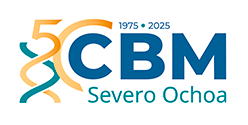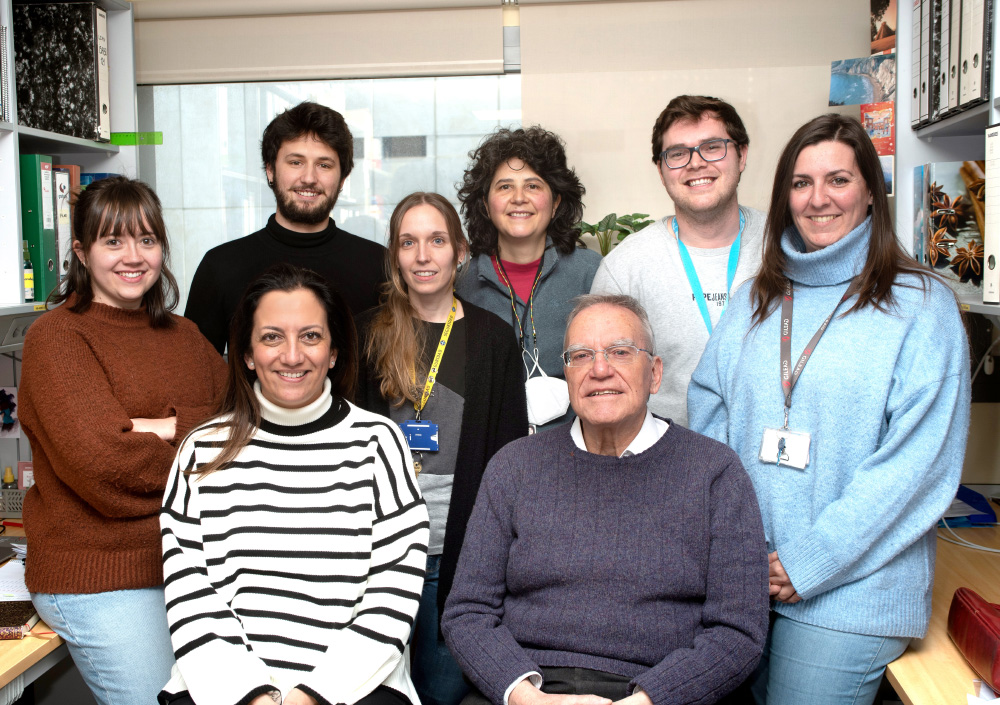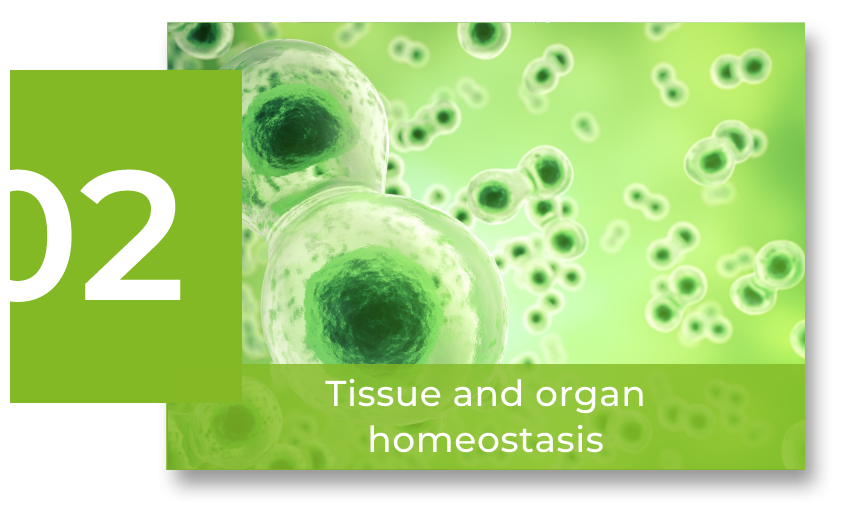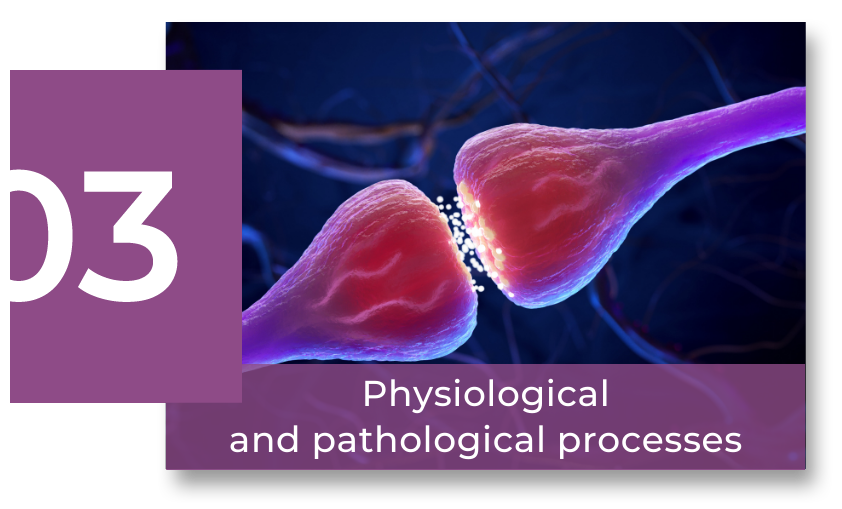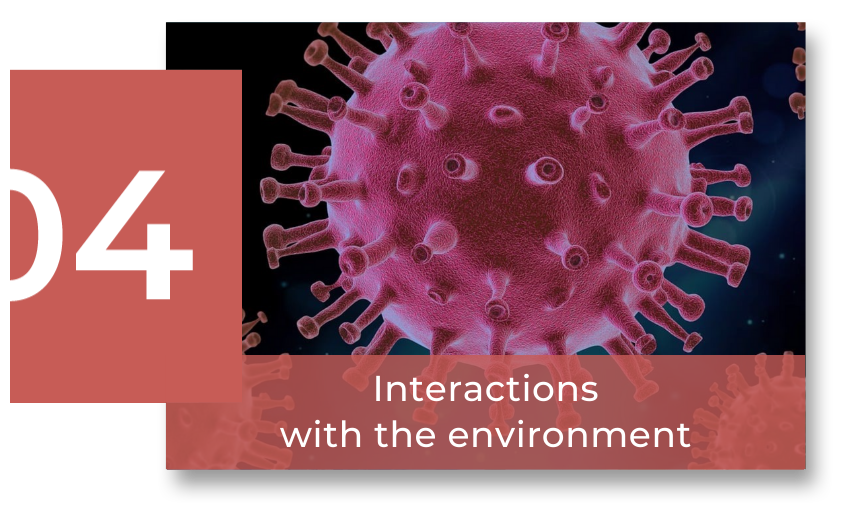Programa Científico
Interacciones con el entorno
UNIDADES EN ESTE PROGRAMA
Microorganismos en la salud y el bienestar Desarrollo y función del sistema inmunitario
GRUPO DE INVESTIGACIÓN
Variabilidad genética de virus RNA

Esteban Domingo Solans
La variabilidad genética de virus RNA es un paradigma de complejidad biológica, con implicaciones teóricas y prácticas. Es una dificultad importante para el control de enfermedades. Investigamos la complejidad de SARS-CoV-2 mediante herramientas experimentales y de computación avanzada. Buscamos tratamientos antivíricos basados en mutagénesis letal que inhiban eficazmente la replicación viral.

Investigación
Nuestro trabajo previo con los virus RNA patógenos, el virus de la fiebre aftosa, el virus de la inmunodeficiencia humana tipo 1, el virus de la coriomeningitis linfocitaria de ratón y el virus de la hepatitis C (VHC), proporcionó una imagen unificada de las implicaciones que tiene que las poblaciones de virus consistan en nubes de mutantes. Estos primeros estudios abrieron el camino a la mutagénesis letal (extinción de virus por exceso de mutaciones) como estrategia antiviral eficaz que hemos investigado con varios virus. Algunos de los agentes antivirales utilizados actualmente y aprobados para su uso en terapia antiviral humana actúan mediante mutagénesis letal. Se logró un avance significativo cuando documentamos que dos análogos de nucleósido ejercían una actividad anti-VHC sinérgica, abriendo así el camino a tratamientos mejorados que requieren dosis más bajas de fármacos. Recientemente, hemos demostrado que la mutagénesis letal sinérgica es eficaz para extinguir el SARS-CoV-2.
The emergence of COVID-19 and its causative agent, SARS-CoV-2, posed a double scientific challenge, that we are currently approaching in collaboration with the group of Dr. Celia Perales (CNB-CSIC). The first challenge was to explore whether this new pathogen adhered to the tenets of quasispecies dynamics that we had established for other viruses. Given the large coronavirus genome size, and its encoding an exonuclease proofreading-repair enzyme, many experts believed (and some still do) that the degree of intra-host diversity of this virus would be limited, and so would be the impact of quasispecies dynamics in its behavior and disease treatment protocols. This first challenge has been largely solved by collaborative work of our two teams with a multidisciplinary consortium that includes M.Ds and Ph.Ds from Fundación Jiménez-Díaz, Dr. Soledad Delgado (UPM) (assisted by Dr. Federico Morán of UCM and Cecilio López-Galíndez of ISCIII), the group of Dr. Nuria Verdaguer (IBMB-CSIC), Dr. Ramón Lorenzo-Redondo (Northwestern University, USA) and the consulting international company Management Solutions. We have quantified an extensive SARS-CoV-2 population heterogeneity within infected COVID-19 patients by reaching by ultra-deep sequencing an unprecedented resolution of minority mutations, present at 0.1% frequency. Significantly, by studying multiple haplotypes within patients using self-organized neuronal maps, we have shown that the incipient diversification observed in infected individuals is functionally relevant. Indeed, several mutations that arise within infected patients changed the kinetics of viral RNA synthesis.
The second challenge was if variation of SARS-CoV-2 was sufficient to pose a difficulty for COVID-19 control and, therefore, if our synergistic lethal mutagenesis approach would be useful as an antiviral design. Again, quasispecies dynamics of SARS-CoV-2 had the expected consequences: vaccines exhibit limited effectiveness, and they require periodic updating. Likewise, synergistic antiviral treatments will be required to reach adequate efficacy, and to minimize selection of antiviral-resistant mutants.
Use of neuronal networks to understand the informational contents and implications of SARS-CoV-2 mutant clouds, and the search of new antiviral combinations based on lethal mutagenesis, are the two major research lines of our laboratory. To achieve these aims we have available thousands of SARS-CoV-2 isolates from patients of the different COVID-19 waves, who display different clinical profiles (immunocompetent, immunocompromised, etc.). Also, with the support of the group of Dr. Luis Enjuanes (CNB-CSIC) we have developed a cell culture system to study SARS-CoV-2 population dynamics, and protocols to obtain virus of different replicative fitness in a cell culture environment. Since fitness is by itself a factor of antiviral resistance, the availability of high fitness SARS-CoV-2 will permit applying stricter protocols of antiviral efficacy than using standard virus isolates.
Miembros del grupo

Esteban Domingo Soláns
Lab.: 121 Ext.: 4540
edomingo(at)cbm.csic.es

Celia Perales Viejo
Lab.: 121 Ext.: 4541
cperales(at)cbm.csic.es
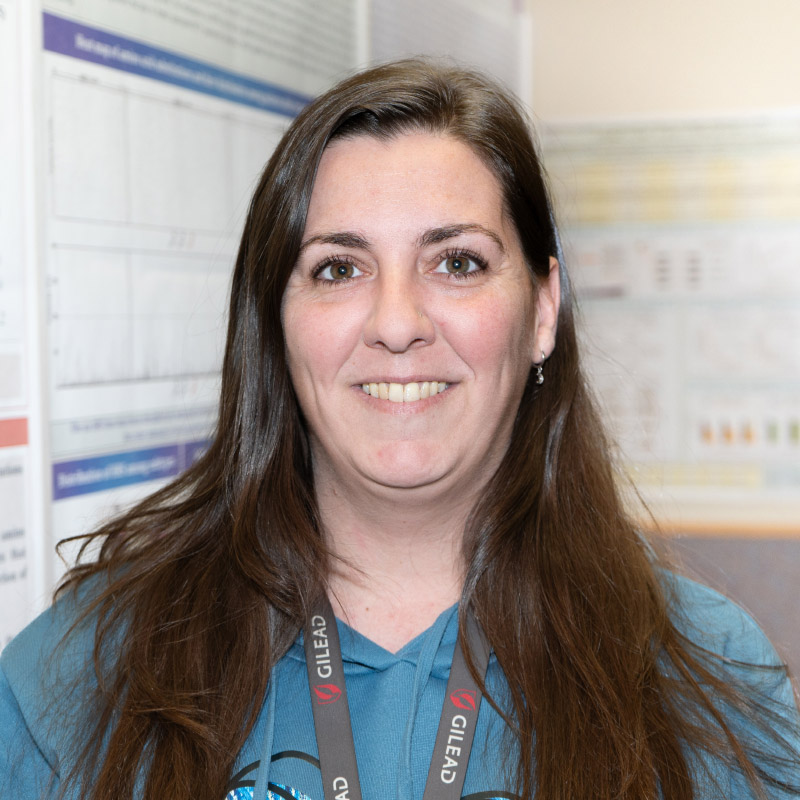
María Eugenia Soria Benito
Lab.: 121 Ext.: 4541
mesoria(at)cbm.csic.es
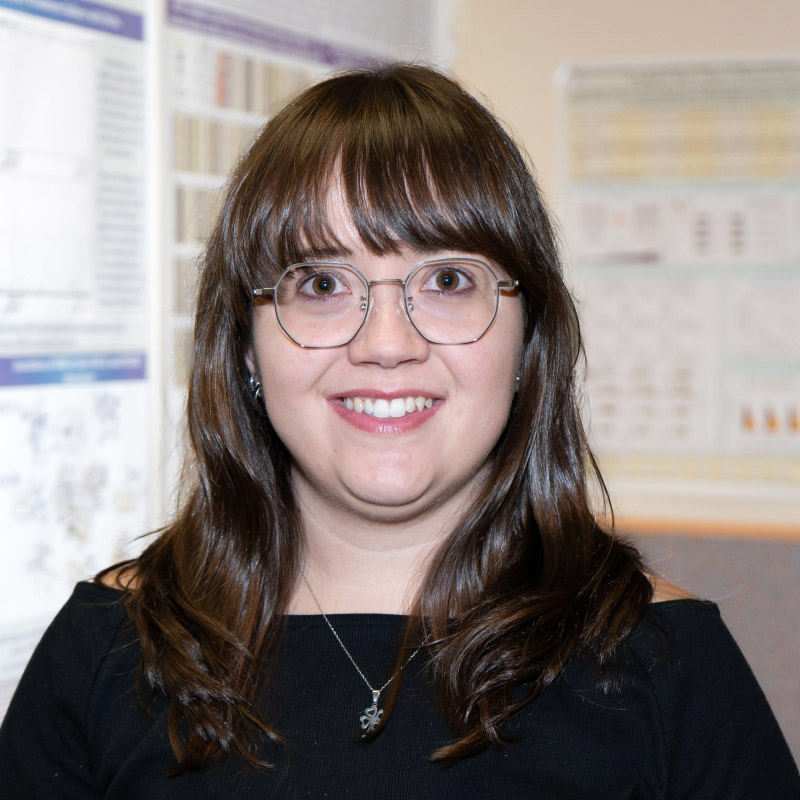
Brenda Martínez González
Lab.: 121 Ext.: 4541
brenda.martinez(at)cbm.csic.es

Andrea Serrano Varela
Lab.: 121 Ext.: 4541
Publicaciones representativas

Exploration of sequence space as the basis of viral RNA genome segmentation
Elena Moreno et al.

Synergistic Lethal Mutagenesis of Hepatitis C Virus
Isabel Gallego et al.

SARS-CoV-2 Mutant Spectra at Different Depth Levels Reveal an Overwhelming Abundance of Low Frequency Mutations
Brenda Martínez-González et al.

Incipient functional SARS-CoV-2 diversification identified through neural network haplotype maps
Soledad Delgado et al.
